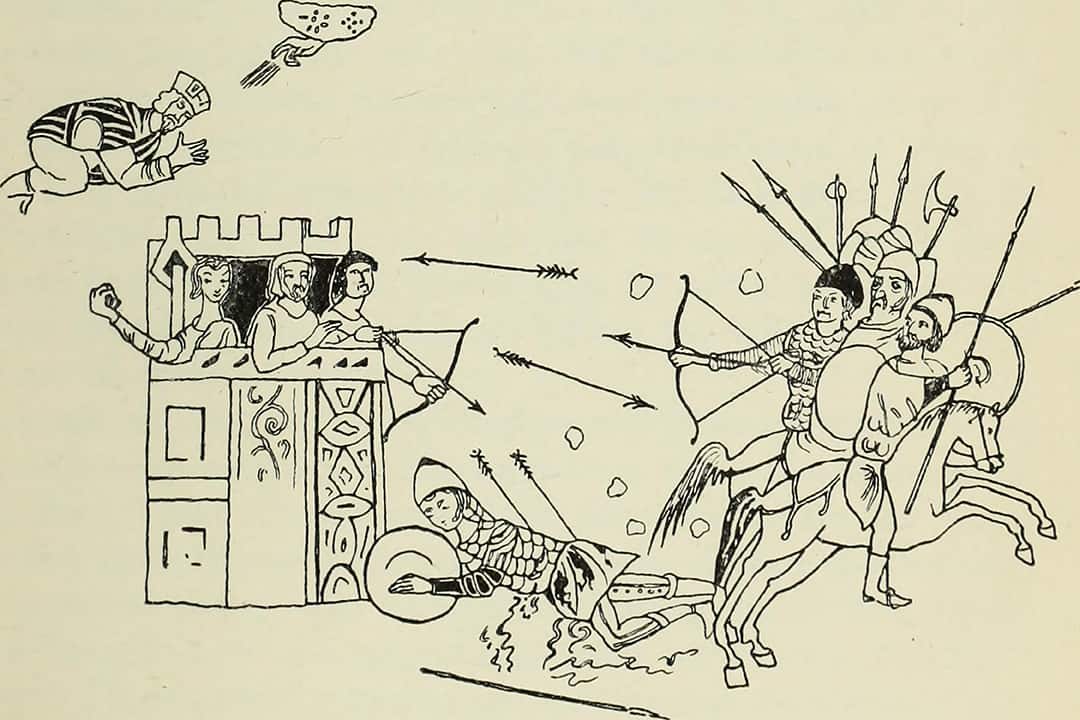With everyone spending far more time online than usual, the past six months have seen their fair share of trends. On TikTok alone they seem to rotate from week to week, from fluffy dried mango seed friends, to mashed up Hamilton audios, to hundreds of others that I could not manage to name.
Among them, however, covers of songs made in a medieval style — or ‘bardcore’ as the cool kids call it — are the icing on the cake.
I’ve spent the last couple of days immersed in it, going through countless videos on TikTok, then YouTube, then Spotify playlists — a journey I’ve dubbed a ‘bard crawl.’ Each one is incredibly intricate, beautiful, and unbelievably separate from the original track. “All Star” is somehow hopeful; “Creep” makes me want to march out to war or embark on a long journey.
They’re a meme. Of course they’re a meme — and a wholesomely hilarious one at that. But they’re also not quite like any other meme. Any musician can tell you the time it takes to write, perfect, and record a track, especially when dealing with multiple layers of instruments.
And these are no exception; listening to them, I’m drawn to the fingerpicking styles, the rearranged tempos, and the new feelings that emerge that I would never associate with the original version. These remixes are, undeniably, art in their own right.
So what are they? Where did they come from? And why are we so drawn to them?
While bardcore may have kicked off during this lockdown, it’s nothing new. In the same way that every niche music genre gets discovered, there are medieval covers dating back as far as the late 2000s — an eon in internet years.
However, they saw a resurgence this year in April when YouTube user Cornelius Link started uploading videos, and bardcore really took off toward the end of May, as others such as Hildegard von Blingin’ joined in on the fun.
So really, the question is, ‘why now?’
The obvious answer is, of course, COVID-19. A resurgence of ‘plague culture’ is accompanying the closest experience we’ve had to a plague on a global scale.
Some have pointed out that medieval revival in memes and modern culture is nothing new — just think of every time you’ve seen a medieval or classical painting as the base of a meme. Even the quickest Google search will bring forth images of ugly babies or people with axes in their heads featuring modern captions like, “When your life’s falling apart but you gotta smile through the pain like.”
Bardcore-based memes on TikTok are not too far off from these. The tag ‘#MedievalTikTok’ is overwhelmed with videos of people doing little jigs to YouTube user Stantough’s cover of Shakira’s “Hips Don’t Lie” on top of greenscreen backgrounds that showcase medieval paintings and text that reads something along the lines of, “When I use my French Market Bag at the grocery store.”
But while meme culture may play a role in medieval song creation, is it enough to entice musicians — ‘bards’ — to spend hours writing and recording these tracks?
I would like to posit another theory.
I think our attraction to bardcore is part nostalgia, part ambiance. Nothing will light up your office, apartment, or wherever you happen to be quite like bardcore — calming; new, yet familiar; and exquisite.
And if you happen to have friends or family in that space, all the better because they are also a hilarious hit — something akin to an inside joke as you watch your friend across the room slowly realize what song the bard is covering. The instrumentation and even occasional ‘medievalized’ lyrics are so brilliant that you can’t help but laugh out loud.
But they’re also a way to listen to songs from our childhood in the context of our grown up lives. Hear me out. You wouldn’t listen to the Backstreet Boys’ “I Want It That Way” while writing your essay; you might, however, listen to Stantough’s medieval cover of it. Bardcore is a little more sophisticated stylistically, but equally outrageous and fun.


